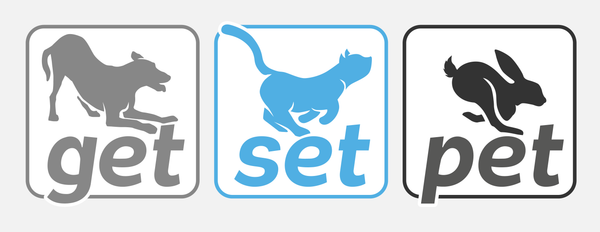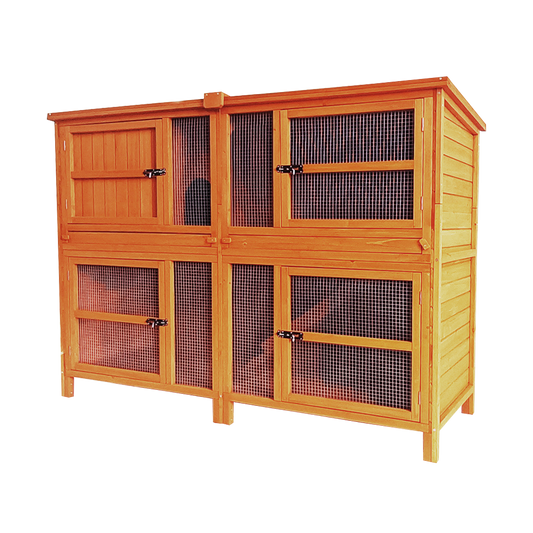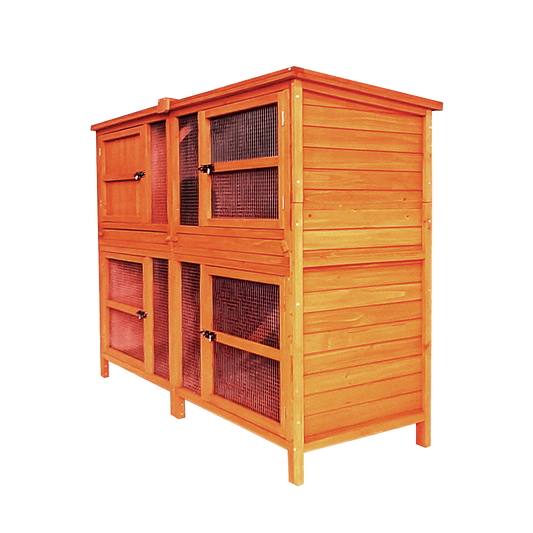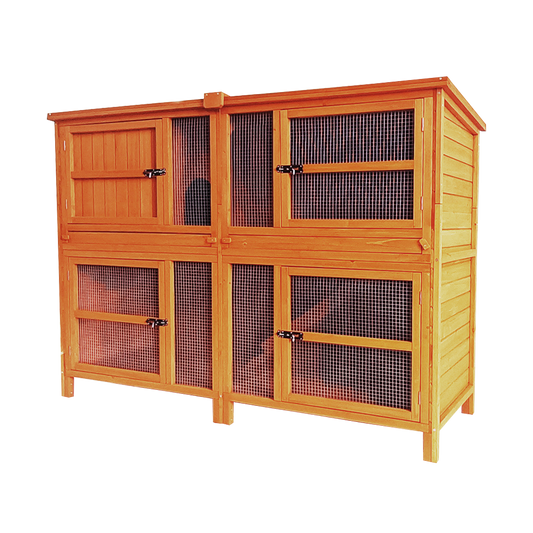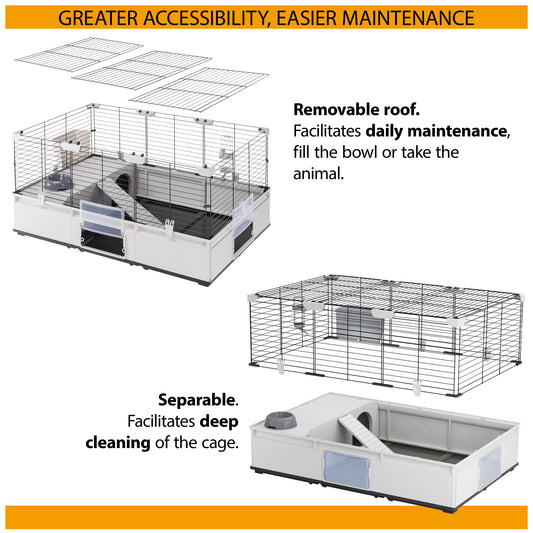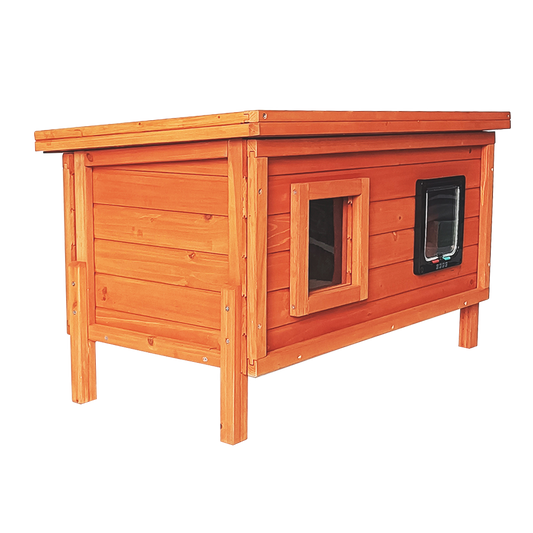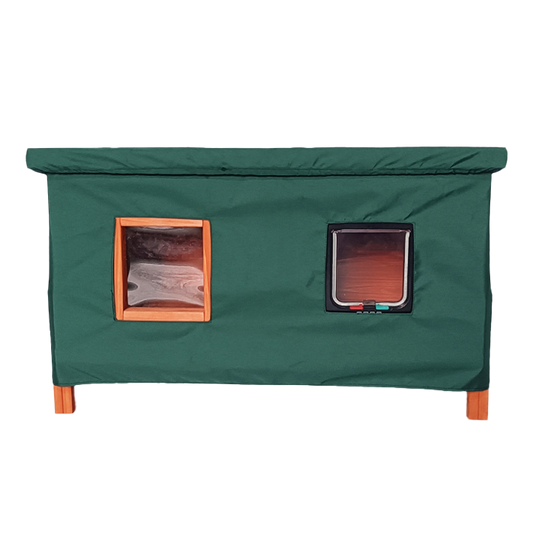The lessons of October’s Pet Obesity Awareness Month are relevant year-round. But as pets and people are spending more time indoors due to the colder weather, it’s important that pet owners keep a closer eye on their pets’ weight and take proactive steps to reduce the risk of pet obesity. Hear what the Waltham Petcare Research Institute have to say on tackling pet weight issues.
Tackling Pet Obesity
Did you know that more than half of all pets in the US and the UK are considered overweight or obese? Like humans, obesity is at epidemic levels in dogs and cats and it can even shorten your precious pets life by up to 2.5 years.
Preventing pet obesity isn’t always a walk in the park, especially because the causes of this disease are so complex.
Genetics is one of them. A dog’s breed makeup can play a role in their susceptibility to obesity, as certain breeds are prone to unhealthy weight gain such as the Cairn Terrier, Labrador Retriever, and Cocker Spaniel.
Ongoing research continues to shed light on genetic factors contributing to obesity like the pro-opiomelanocortin (POMC) gene, which is important in the brain’s recognition of hunger and feeling full. In a University of Cambridge study of Labrador Retrievers, POMC was identified in 23% of the 300 participants, which helps explain why some Labrador Retrievers seem extra food-motivated.
#1. How much should my dog (or cat) weigh? Learn what normal looks like for your pet!
As with so many aspects of pet ownership, it’s important to know what your pet’s normal - or ideal - weight is and what it looks like. To combat obesity, healthy weight is a topic you should regularly discuss with your vet, regardless of your pet’s age.
During normal exams, your veterinarian will assess your cat or dog's body condition score on a scale of 1 to 5. The ideal weight for both dogs and cats is a 3 on the 1-5 scale (1 being very thin, 5 being obese), with ribs that are easily felt (but not visible) and an obvious waist.
For puppies, evidence-based puppy growth charts can help pet parents and veterinarians ensure that their puppy is growing along the expected pattern. These charts, which were developed through an analysis of body weight measures from more than six million dogs, can help identify if the puppy is gaining weight too fast or too slowly, which can help prevent health conditions later on.
Keep an eye on your pet’s weight in between your veterinarian visits, too. If your pet is on a recommended weight-loss program, make sure to check in with your veterinarian every few weeks to ensure they’re on track.
#2. Feed the right amount
To keep those extra pounds off, it’s important to understand what is considered normal food intake for your pet so you can avoid overfeeding. How much you feed your dog or cat depends on a number of factors, including their breed, daily activity, age, target body weight, and type of food. You can follow the food manufacturer’s recommendations found on the back of the food bag or can and discuss them with your veterinarian.
Always determine proper food portions for your pet by weighing their daily portions with a digital scale. Whistle device owners can now use the Whistle Portion calculator, which is based on a calorie calculating algorithm researchers developed in collaboration with the University of Aberdeen and the Pet Insight Project.
Make sure all the members of your household know the proper amount to feed each day and be careful not to feed too many treats. Table scraps can easily boost a cat or a dog’s necessary calorie intake and can even be toxic for pets.
Weigh your pet regularly (once a month) to keep track of your pet’s weight.
#3. Challenge your pet (and yourself) to an active lifestyle
In conjunction with proper nutrition, both pets and their owners can reap the benefits of an active lifestyle. Just like we set our own activity goals, we can do the same for our pets - and the data shows goals work well for pets as well.
When it comes to preventing obesity in pets, increased activity can make a difference: according to Pet Insight Project research, adult dogs averaging more than 60mins were less than 50% chances of becoming overweight or obese compared to dogs that were less active.
Wearable devices like a Whistle can help keep track of active minutes throughout the day to ensure your pup is getting enough exercise. And extra playtime or another walk around the block will help keep you fit, too.
If you’re a cat owner, here are a few tips to help keep your cat active at home:
• Engaging cats in 20-30 second games – perhaps during commercial breaks when you’re watching TV – is enough to tip the scales of energy balance in the right direction. Making them a regular part of everyday life is the best way to create a new routine.
• Try different activity feeders (balls, mazes, and towers) to find the one that fits your cat’s dexterity level.
• Vary where you put the feeders and which one you fill up at each meal to make mealtime a scavenger hunt.
• Train them to play fetch with a toy so their hunting and pouncing instincts stay sharp.
• Switch to dangling toys to capture their attention, so cats can also play when you’re not there.
If you found this article interesting, why not check out:
A Healthy Year Starts with Healthy Habits
